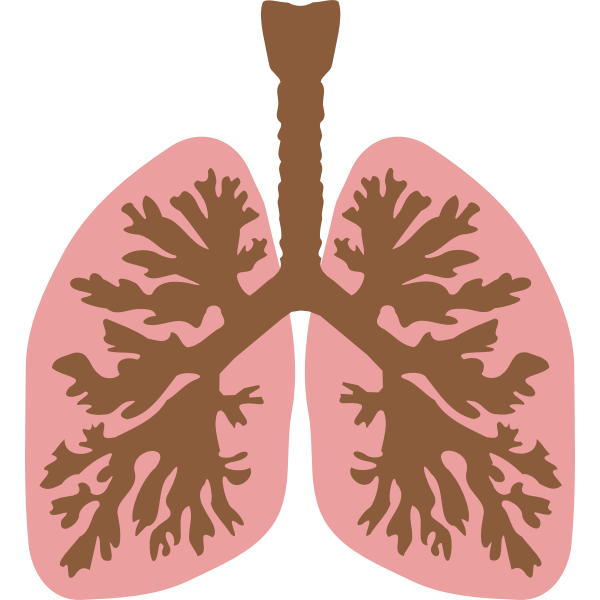Sam’s Health Part C: Lung Transplantation

Sam gets older and begins to be more aware that his lifestyle is much different compared to others. He’s been in and out of hospitals for lengthy treatments most of his life. A rule-follower, Sam is careful to take his medications on time and do whatever is needed to maintain his treatment regimen. Only then can he hope for a lung transplant.
Until one day, Sam received a phone call from his physician stating that a new pair of lungs had arrived. Sam is excited but at the same time, he feels uneasy about the procedure and hopes to speak with others to feel reassured that he will get over this sense of fear.
Sam might qualify for a lung transplant
The criteria identified below are the conditions for which Sam may be eligible to be waitlisted for lung transplantation in Ontario.
Chronic respiratory failure:
- With hypoxia alone (PaO2 < 8 kPa or <60 mmHg)
- With hypercapnia (PaCo2 >6.6 kPa or >50 mmHg)
- Rapid decline in lung function
Assessing candidates for lung transplantation
Although various factors may affect a physician’s decision to refer Sam for transplantation, physicians generally consider the following primary test.
Forced Expiratory Volume (FEV1)
This test indicates the amount of air that can be forcefully blown out of your lungs during the first second of expiration.
Individuals may be considered for transplantation if their FEV1 falls below 30% OR if there is a sudden and rapid decline in FEV1.
Sam undergoes pre-transplantation evaluation tests
A pre-transplantation assessment includes a number of tests that evaluate lung, heart, kidney and liver function, as well as an assessment of nutritional status. Tests that may be administered pre-transplant include:
- Blood-related tests
- Arterial blood gas
- Ventilation-perfusion (VQ) scan
Absolute Listing Contraindications
The following are conditions relating to the lung transplant candidate that constitute absolute contraindications to lung transplantation. A transplant will not occur in individuals until the following conditions are resolved:
- Obesity
- Infections
- Psychosocial issues
What kinds of issues relevant to Sam’s case could prevent him from getting a transplant?
Post-Transplant
- In the ICU, Sam is placed on a ventilator until the new lungs are able to function well on their own.
- Once the ventilator is removed, it takes weeks to months for the lungs to fully recover to near-normal function.
- Transplantation was successful, but now Sam must take immunosuppressive drugs and antibiotics everyday for the rest of his life.
- The immunosuppressive drugs reduce the immune system’s ability to reject the new organ.
- Sam’s ability to fight-off infections caused by bacteria and viruses has been significantly reduced, but he is hopeful to continue swimming once his pediatrician gives approval.
The illustration shows the process of a lung transplant. In figure A, the airway and blood vessels between a recipient’s diseased right lung and heart are cut. The inset image shows the location of the lungs and heart in the body. In figure B, a healthy donor lung is stitched to the recipient’s blood vessels and airway.


